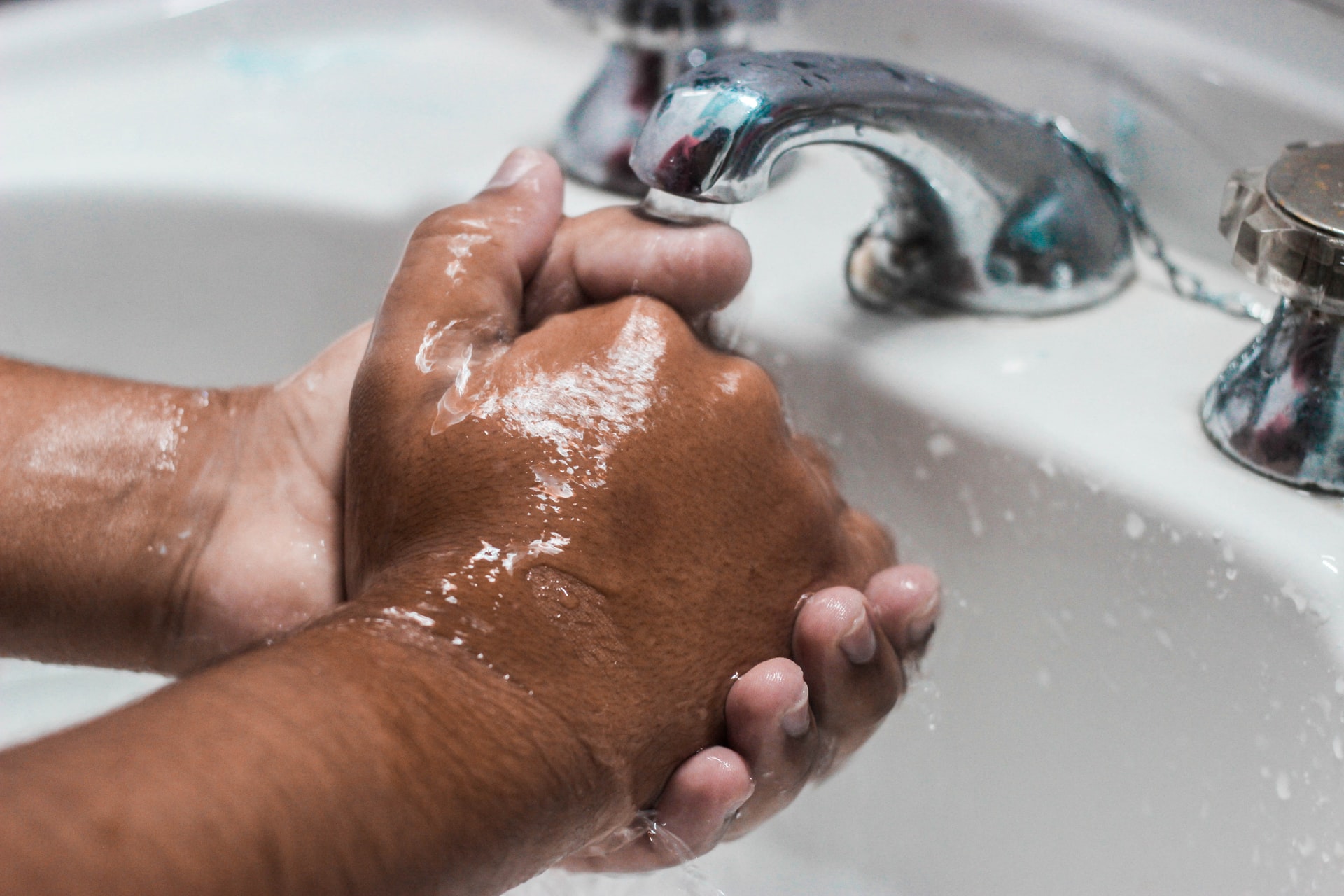A clogged bathroom or kitchen sink may not be as embarrassing as a clogged toilet, but it still runs the risk of making quite a mess if it overflows. In this post, we’ll go over some common causes of sink clogs, how to prevent or respond to an overflowing sink, and how to know if it’s a serious problem
What can cause an overflowing sink?
An overflowing sink occurs when your sink is clogged enough that it can’t drain, and the water is running over. This might sound avoidable—just turn off the water—but with small sinks, a clog can make it overflow quickly. And if you have children or forgetful people around your house, the odds of a faucet left running are higher.
Sinks can clog from normal use or from misuse. Normal use might include deposits of human or animal hair and small amounts of dirt and debris. In the kitchen, small deposits of food and oils build up over time with normal use. Clogs can also form from putting things down the drain that you shouldn’t. In addition, while garbage disposals can be handy, if they get damaged, you can end up with a mess quickly. Even when running normally, putting lots of food waste down the disposal can increase your chances of a clogged sink.
What to do when your sink overflows
The best thing to do is to prevent an overflow before it starts by taking care of clogs. If your sink is completely backed up, consider taping the handle to remind family members not to use it.
In the event of a full blockage, put away that drain cleaner. Especially with a fully backed up sink, drain cleaner is going to dilute in the standing water and won’t do anything but add chemicals to your backed-up sink. Instead, keep a sink plunger on hand. These are smaller and flatter than toilet plungers, and can stow away under your sink for emergencies.
If your sink is overflowing, the first thing to do is turn off the water under the sink. This will prevent any additional water from overflowing while you or a professional take care of the clogged sink. If your sink has gotten so full that it’s overflowing, use empty milk jugs or cans to bail out some water so that you aren’t flooding the room. You don’t need to remove all the water. Just remove enough to keep it from splashing when the plunger and your hands are in the sink.
Using your sink plunger, see if you can clear the clog. If the water you bailed is relatively clean and free of debris, pour it back in to see if the clog is fully cleared. If it’s still draining slowly, you may want to call in a professional (see below). If the clog is fully cleared, turn the water back on and make sure you clean up any spilled water right away to avoid damage. Don’t forget to check the drawers and cabinets in your kitchen or bathroom. An overflowing sink can get water all over the place!
Do you need a professional?
For really tough clogs, especially in kitchen sinks where you may have grease and other buildup, you may find that you can slowly push the water out of the drain with a plunger but you won’t fully clear the clog, or it will mostly clear but still drain slowly. In that case, you are better off hiring a professional to fully clear the clog, rather than struggling for weeks or months with a partially-fixed sink.
We hope this helps you to avoid overflowing toilets, but if a problem should arise, give us a call! Contact us for speedy and trustworthy emergency drain services anytime, we are here 24 hours a day.


